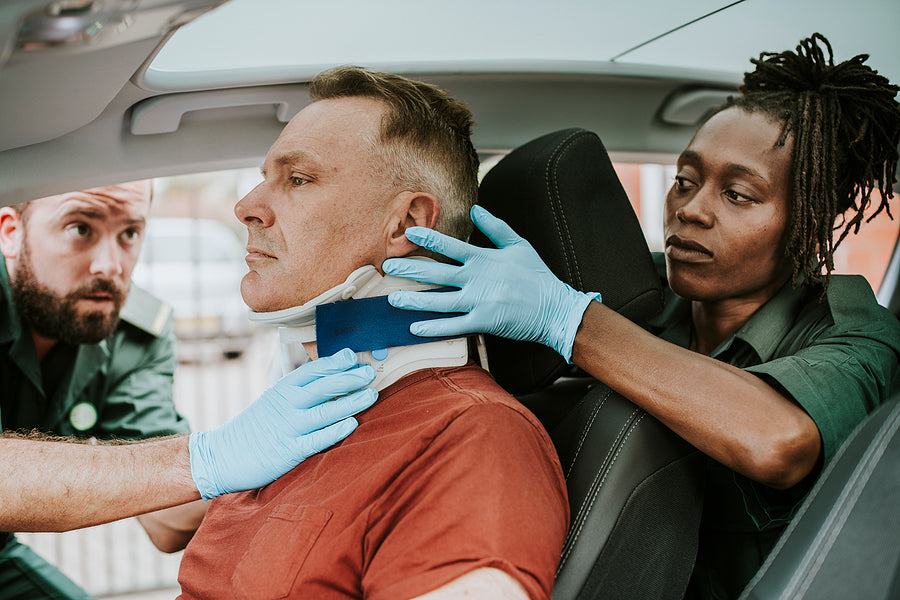Cervical tract collars used to immobilise the neck, protecting the neck and the spine from further injury.
They can be used immediately after the incident, as this helps to stop the neck from moving, which could make the pain worse. In providing better support for the neck, it also helps to reduce pain.
Neck collars, as they are otherwise known, are, therefore, also used when a patient has constant neck ache. This can usually occur after acute trauma or chronic pain.
They are also needed after surgery to stop the neck from moving, as this could prevent or slow down recovery. The spine is very sensitive, so any jerky movements when it is injured could cause serious back problems in the long-term.
There are two types of cervical tract collars - soft or hard ones. The former is made out of felt and is cut to fit the patient’s neck and jaw. It is positioned underneath their chin, supporting their head and keeping their neck straight.
While this does not completely immobilise the neck, it restricts movement enough to reduce muscle contraction and helps keep the head in a normal position.
The more rigid collar is made out of plexiglass and provides more restriction, preventing the patient from moving their neck as much. It comes in different sizes so it fits the patient well, despite not being as malleable as soft collars.
Hard collars restrict both flexion and extension, supporting the occiput as well as the chin. These are best suited to those with trauma to stop the spine becoming unstable.
Although the collars serve an important function, it is important they are not worn for too long, as they could have negative side effects. These include soft tissue contractures, muscular atrophy, thickening of subscapular tissues, problems with coordination and a dependency on wearing it.

